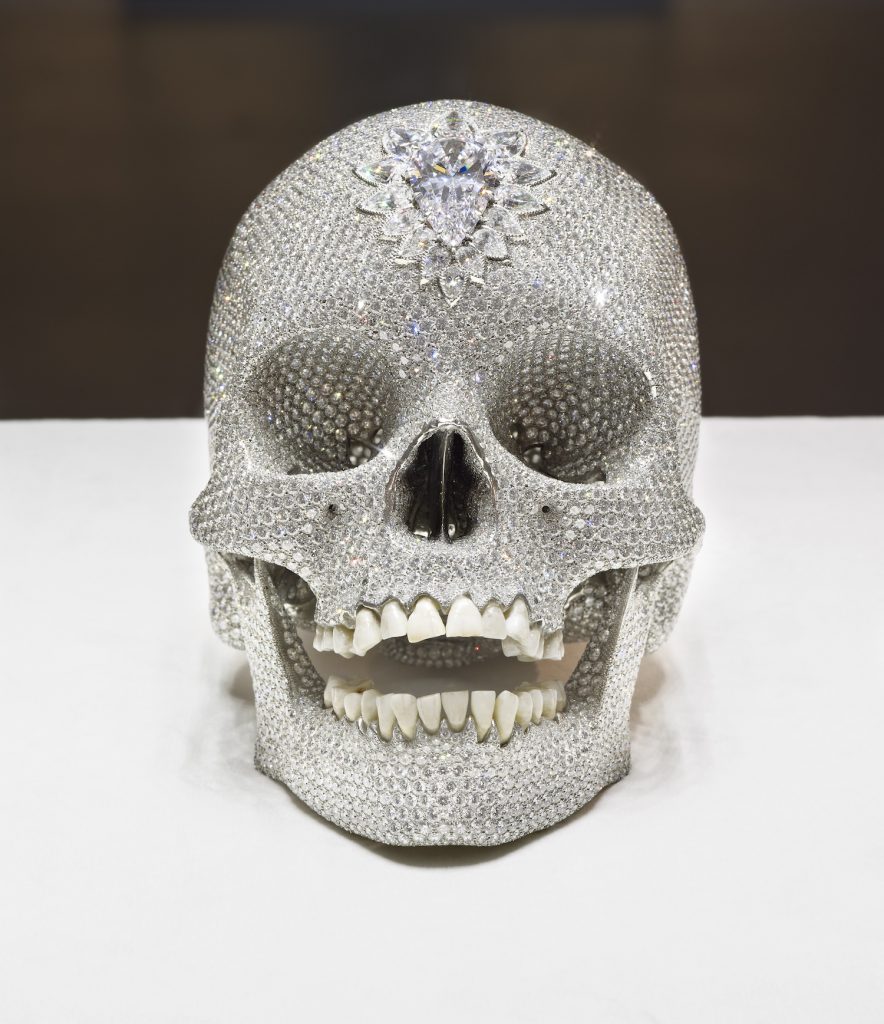The Back Room
The Back Room: Deconstructing Diego Cortez
This week, lessons from a legendary impresario/ art thief, Lisa Yuskavage on mammary matters, the $100 million sale that wasn’t, and more.

This week, lessons from a legendary impresario/ art thief, Lisa Yuskavage on mammary matters, the $100 million sale that wasn’t, and more.

Artnet News

Every Friday, Artnet News Pro members get exclusive access to the Back Room, our lively recap funneling only the week’s must-know intel into a nimble read you’ll actually enjoy.
This week in the Back Room: lessons from a legendary impresario/ art thief, Lisa Yuskavage on mammary matters, the $100 million sale that wasn’t, and much more—all in a 6-minute read (1,680 words).
The most revealing news item this week came, yet again, from Artnet’s own Katya Kazakina, who detailed the complicated history of artist, curator, and art advisor Diego Cortez in her Art Detective column.
The legendary downtown New York figure, who died in 2021, is best known for bringing Jean-Michel Basquiat to attention in a 1981 exhibition that he curated at P.S.1. Less known, or at least not publicly acknowledged before last week, was that he later stole works by Basquiat from his own close circle of friends when his financial situation deteriorated.
A closer look at the pathologies that drove Cortez to these deceptions is useful for a host of reasons, among them:
Three art-world notables spoke on the record to Art Detective about Cortez’s thefts:
Stephen Torton, who worked as Basquiat’s assistant and was a friend of Cortez, verified that their stories were consistent with Cortez’s character—his slipperiness was as widely acknowledged and frequently deployed as his charm.
Cortez’s thefts share a few attributes: they were non-consensual sales initially disguised as a favor to the victims, and they involved a promise of further remittance later that never came. Ringing any bells?
Robbing Peter to Pay Paul
The depth of Cortez’s misdeeds became apparent in the wake of the FBI’s investigation into the Orlando Museum of Art’s fake Basquiat pieces, which the dealer authenticated in 2018 and 2019. Michael Barzman, a Los Angeles-based auctioneer, admitted to fabricating the works and passing them off as Basquiat’s with an as-yet-unidentified accomplice earlier this year. So, what drove Cortez to sign off on works other experts say were so clearly fake in the twilight of his life? It’s not entirely clear, but money was almost certainly involved.
Adding to the complexity of the situation is the fact that Cortez also did legitimate work and was apparently often generous. Cortez worked as an advisor to collectors including Gerald Fineberg and Michael Salke in the U.S. and the Benetton family in Italy. Salke said Cortez helped him build a “wonderful collection.”
But, Katya uncovered, Cortez also allegedly engaged in some practices that chime with previous art-dealing scandals, including charging fees on both ends without disclosing them to all parties and misusing clients’ funds. Meanwhile, he lived (in Lindsay’s words) a “princely life,” and he overextended himself financially in order to fund it—another trope that will sound familiar to anyone who has read about other dethroned phenoms, such as embattled advisor Lisa Schiff.
While Cortez’s treatment of friends and clients was inexcusable, even the aggrieved are not sure that he acted with malice. The compounding weight of financial pressures and his fading esteem likely led him to desperate acts, and selling Basquiats was perhaps the only highly remunerative thing he knew how to do.
The takeaways for buyers and sellers of art and observers of the art market are fairly simple, then. First, instincts and rumors have merit—listen to them, within reason. A “favor” is only a favor if you asked for it. And, above all, proceed with caution when doing business—especially unregulated art business—with friends.
Wet Paint is on sabbatical this week, as our columnist pursues a longer investigation.
Here’s what else made a mark around the industry since last Friday morning…
Art Fairs
Auction Houses
Galleries
Institutions
Tech and Legal News
*Correction to last week’s edition: Pace Gallery began representing the artist Pam Evelyn, not Evelyn Pam. The Back Room regrets the error.
“I’m Little Miss Underestimated. They think I just do the tits.”
—Lisa Yuskavage on the perception of her work and its preoccupation with breasts, via the New Yorker.

Damien Hirst, For the Love of God (2007). Photographed by Prudence Cuming Associates Ltd. © Damien Hirst and Science Ltd. All rights reserved, DACS/Artimage 2023.
Date: 2007
Seller: White Cube
Price: $0
Selling at: White Cube
Sale date: 2007
It’s been a while since a certain diamond-encrusted skull occupied space in our brains. But, love it or hate it, Damien Hirst’s over-the-top platinum cast of a human skull covered by 8,601 diamonds is back. It is slated to go on view at the Museum of Urban and Contemporary Art (MUCA) in Munich as part of a major Hirst survey exhibition opening on October 26.
The skull caused quite a stir when Hirst created it in 2007 and the title itself, For The Love of God, was reportedly the phrase the artist’s mother exclaimed upon hearing about the concept for the work. The artist once explained that his mother would often ask him, ‘‘For the love of God, what are you going to do next?’’
Some were stunned to hear that the work sold for £50 million (then $100 million) a few months after it was created and some found it even more surprising—and possibly a bit suspect—that the consortium of buyers at the time reportedly included Hirst himself. The sale was supposedly brokered by White Cube gallery. However, Hirst later admitted, in early 2022, that the sale never happened and that the pricey bauble had been sitting in a storage locker. At that time, we asked MUCA representatives who loaned them the skull.
The work will be on view at MUCA until January 28, 2024, as part of Hirst’s first solo exhibition in Germany, titled “The Weight of Things,” alongside over 40 works which will include installations, sculptures, and paintings, some of which have not been seen before.
—Eileen Kinsella